Most popular
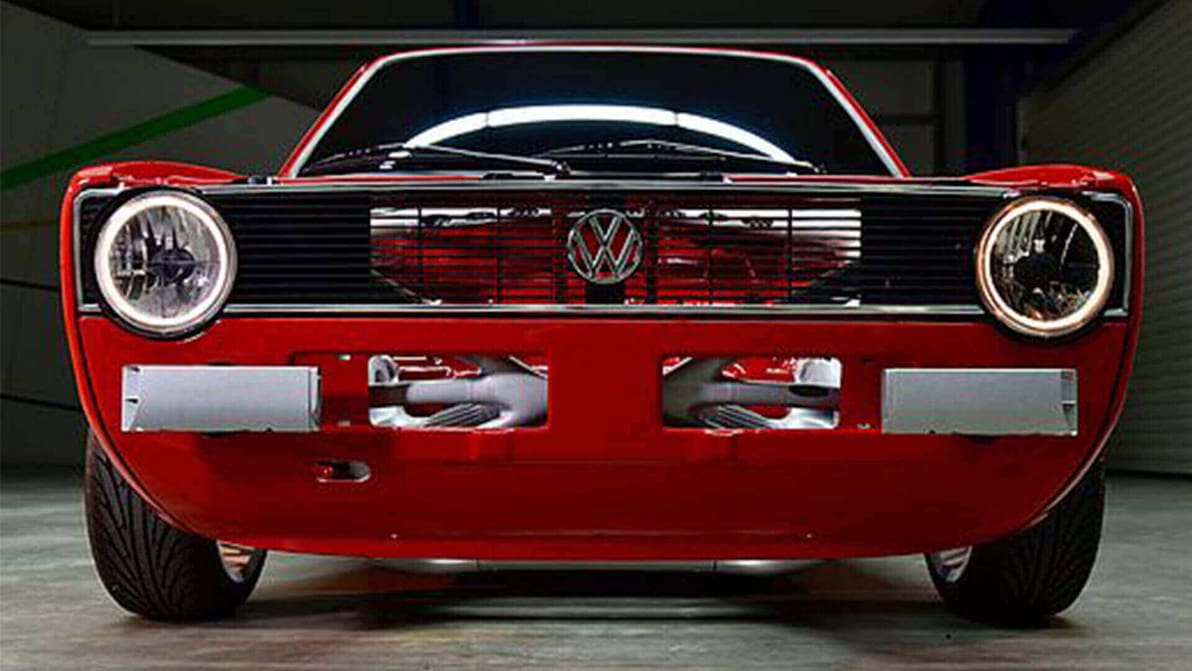
Altair, APWORKS, EOS, and other leading manufacturers partner up under the 3i-PRINT program to 3D print front-end structure for VW Caddy.
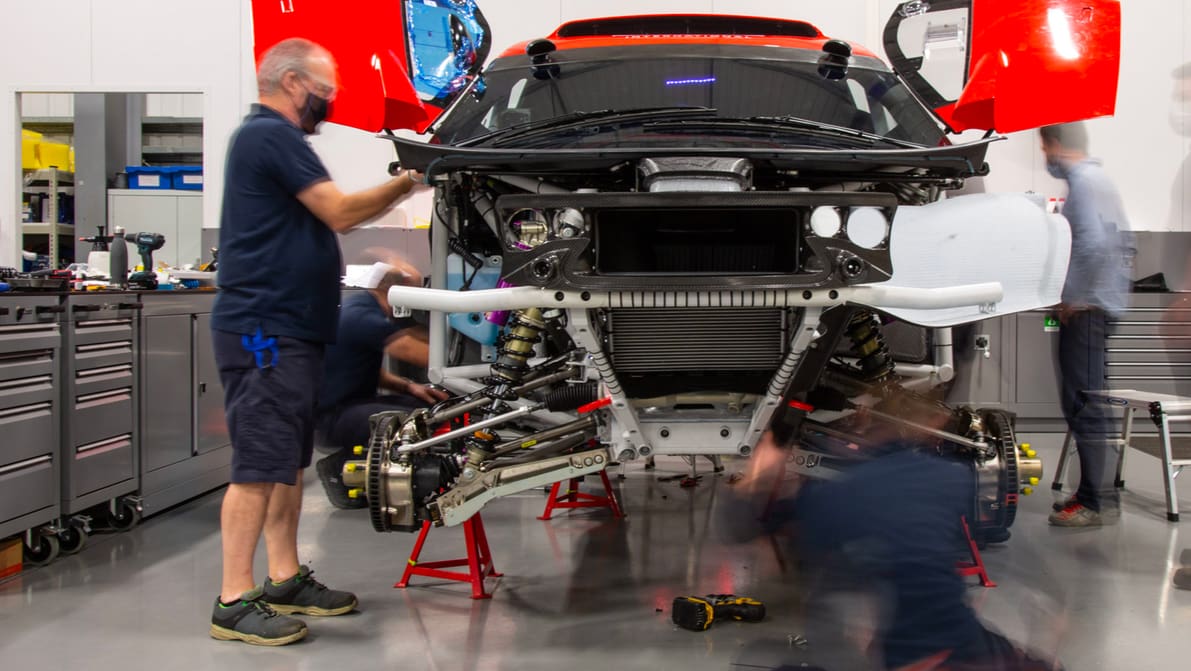
Collision repair shops have the potential to 3D print any part for virtually any car, but a lack of industry certifications stand in the way, for now.
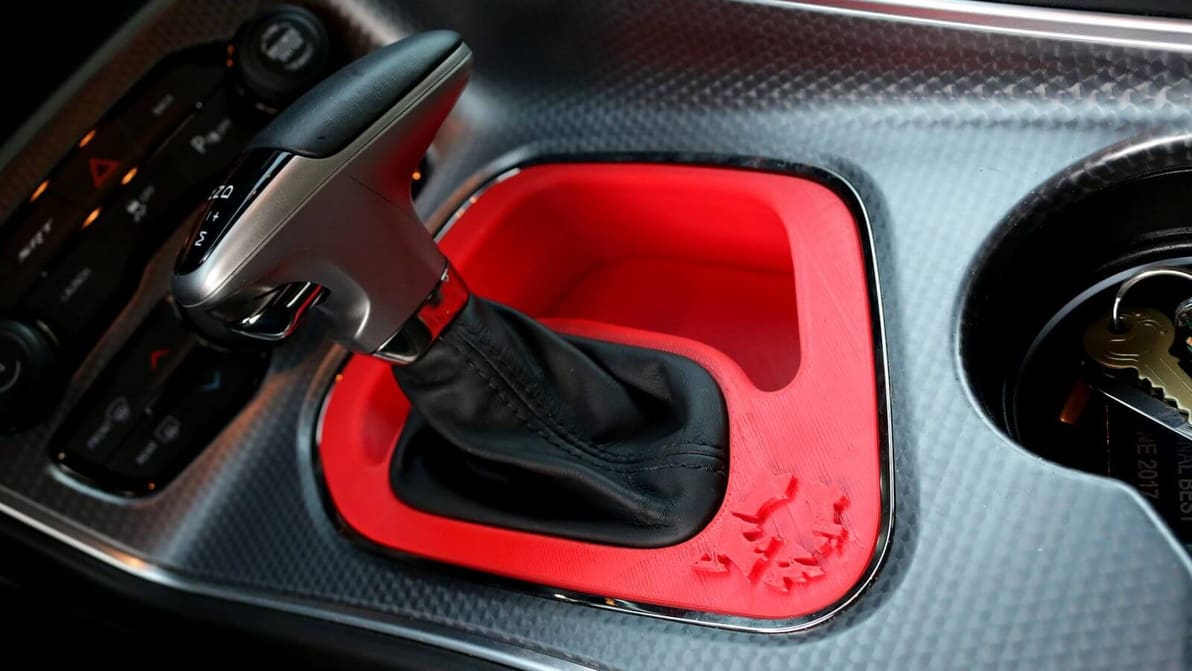
At SEMA 2017, Airwolf 3D is unveiling a modified 2016 Dodge Challenger SRT Hellcat that is upgraded with 3D printed components.
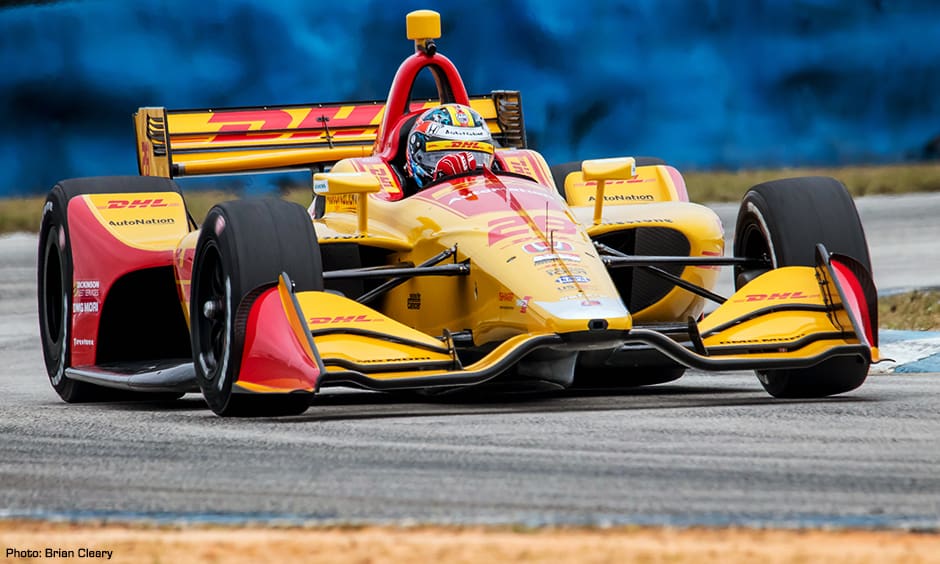
3D printer manufacturer Stratasys is driving innovation at Andretti Autosports through a collaboration that will enhance design and development.
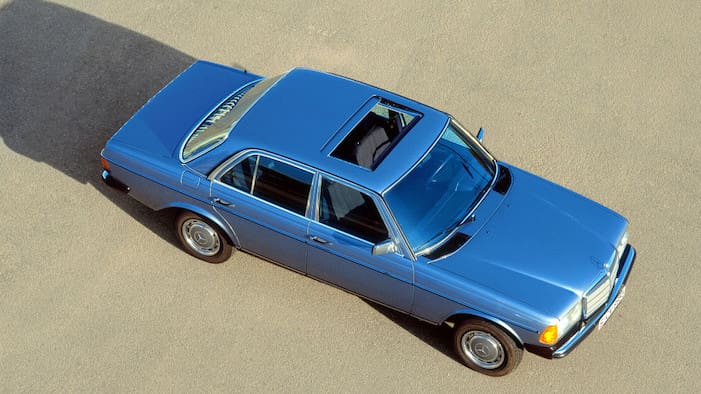
In a new scheme called "Future meets Classic," Mercedes-Benz is using 3D printing to produce genuine replacement parts for a range of classic cars, including a 3D printed inside mirror base and spark plug holder for the Mercedes-Benz 300 SL Coupé.
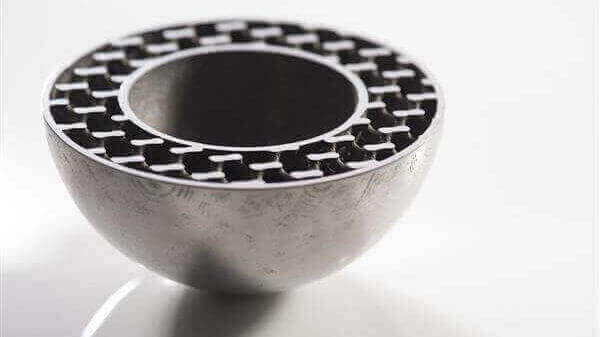
Lightweight automotive parts made with selective laser melting (SLM) 3D printing can improve fuel efficiency and reduce CO2 emissions.
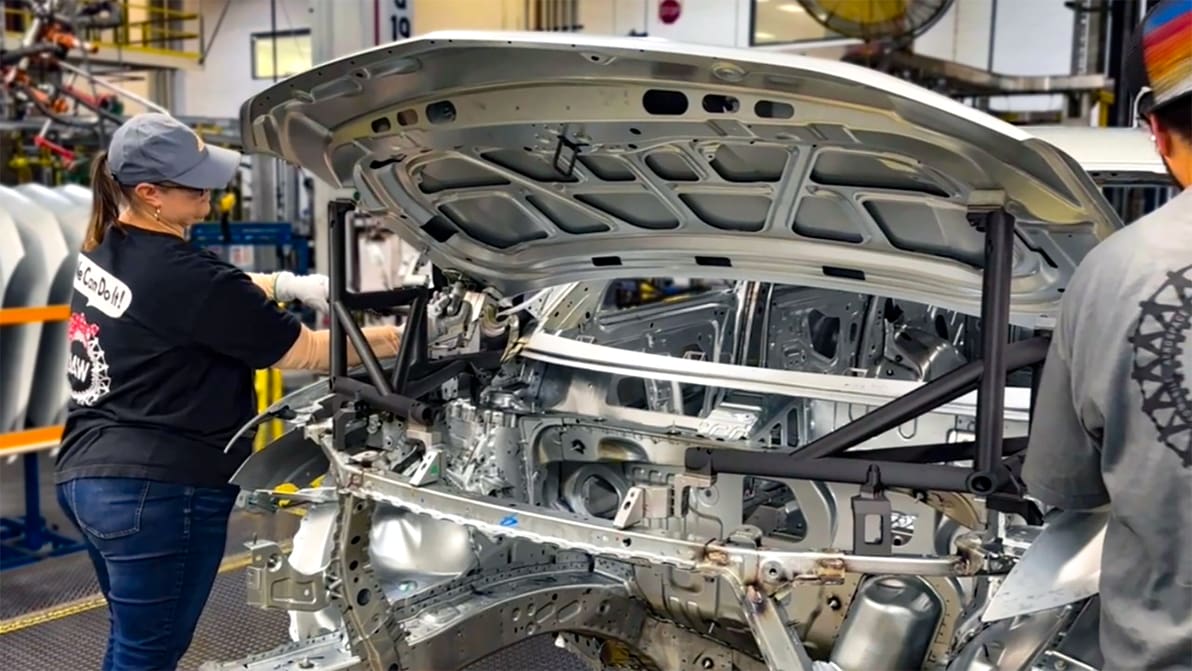
Teams across General Motors turned to 3D printing more than 5,400 times in 2024 alone to innovate more efficient processes, cost-effective designs, and safer practices.
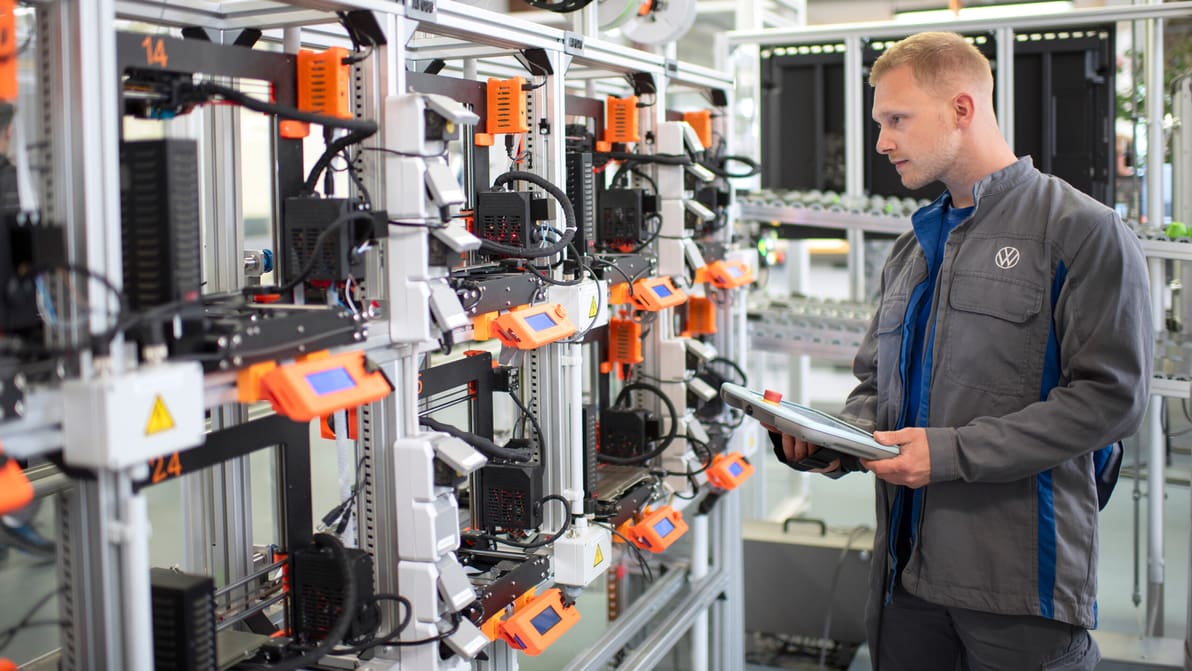
To stay on the cutting edge of manufacturing efficiency and innovation, Volkswagen trains creativity into its employees through 3D printing.

Ford appears to be giving customers the green light to 3D print their own accessories for the new Ford Maverick truck, with suggestions it'll make its FITS system open source. Read on for what we know so far.
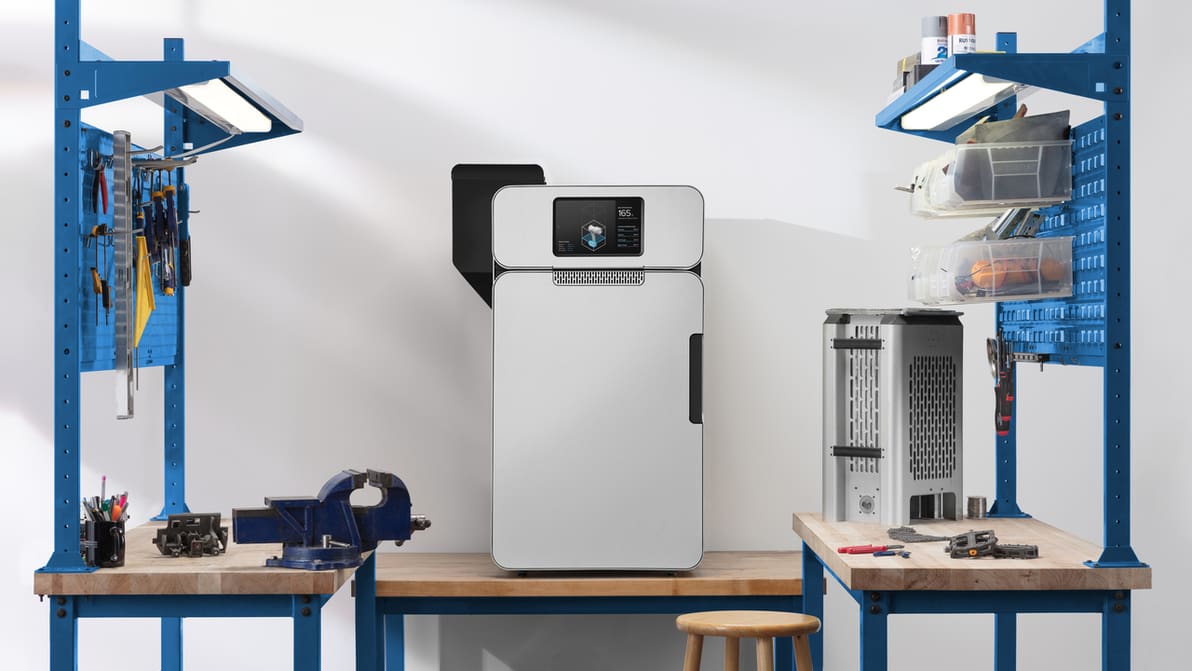
Similar to the way the World Wide Web democratized news, education, and entertainment, 3D printing has the potential to democratize the manufacturing of certain goods.
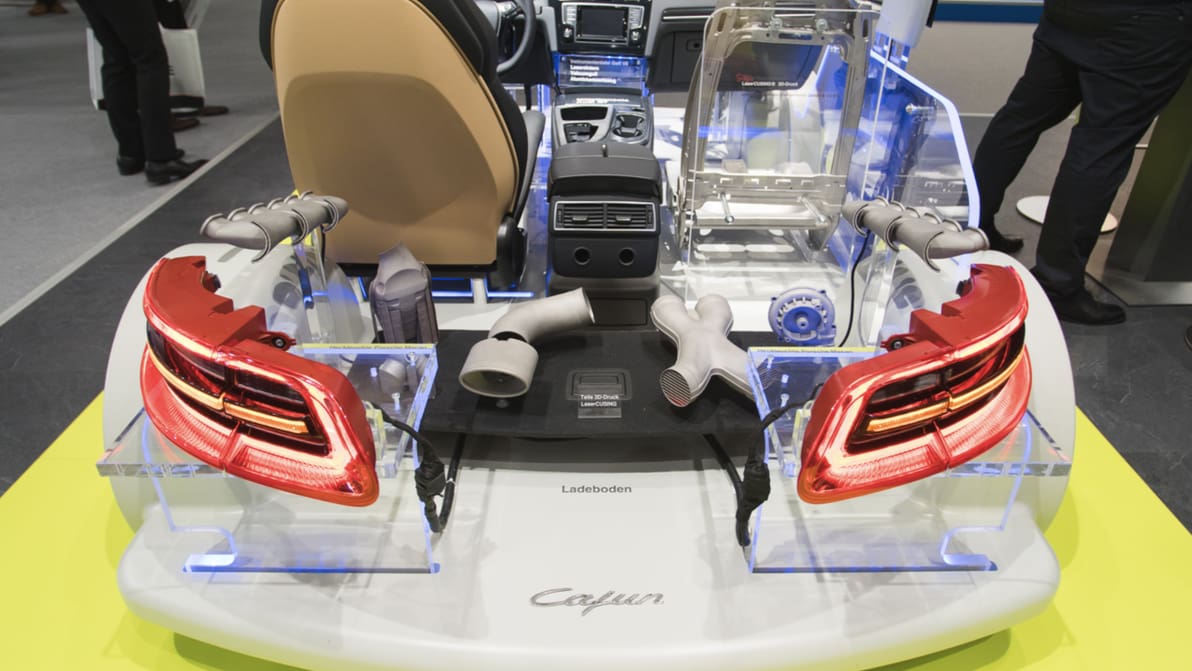
The automotive industry has always been on the lookout for faster prototyping and solutions for reducing the part's weight while retaining the structural strength. Here's a curated list of some of the best automotive 3D printing applications so far.
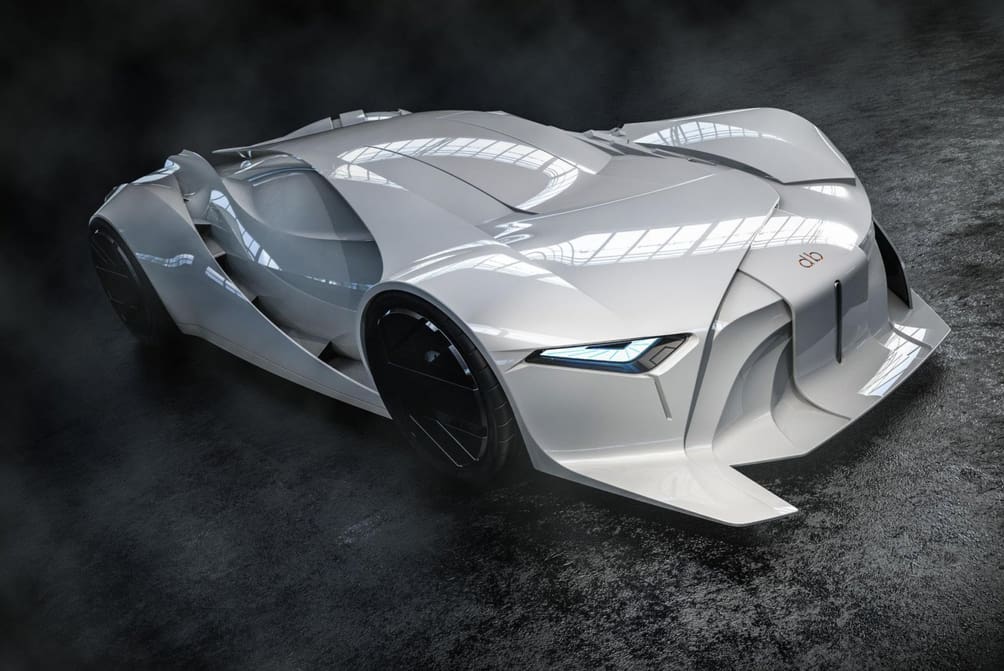
The David Bowie tribute concept car, the first in the world to be produced full-scale in 3D, will be exhibited at Festival Automobile International from January 31 to February 3, 2019.
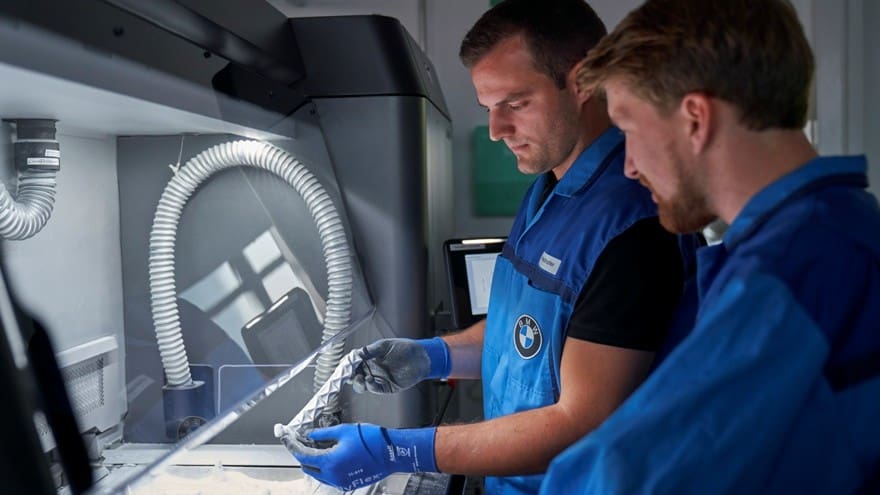
BMW Group recently announced that it has created the company's one-millionth 3D printed component for series production: a window guide rail for the BMW i8 Roadster.
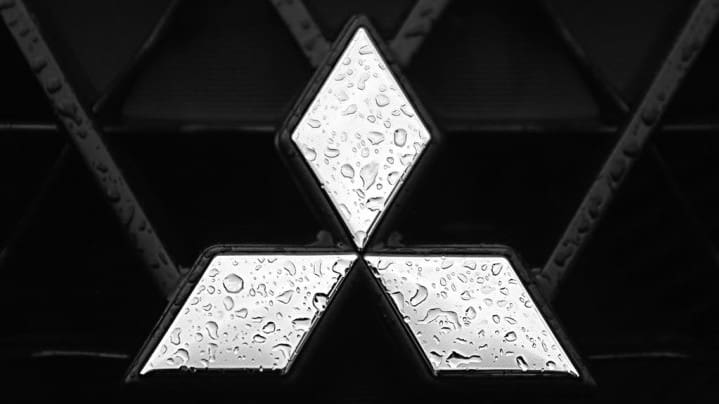
The Japanese electronics manufacturer Mitsubishi Electric Corporation has announced the development of a new metal additive manufacturing process. Dubbed as "dot forming technology," the technique combines laser, CNC, and CAM technologies to produce near-net metal parts.

KW Heritage, a restoration service from engineering firm KW Special Projects, used 3D scanning and 3D printing to restore the engine cover of a rare Alfa Romeo Tipo 33/3 racing car, which will be on display at the Goodwood Revival motor racing festival.
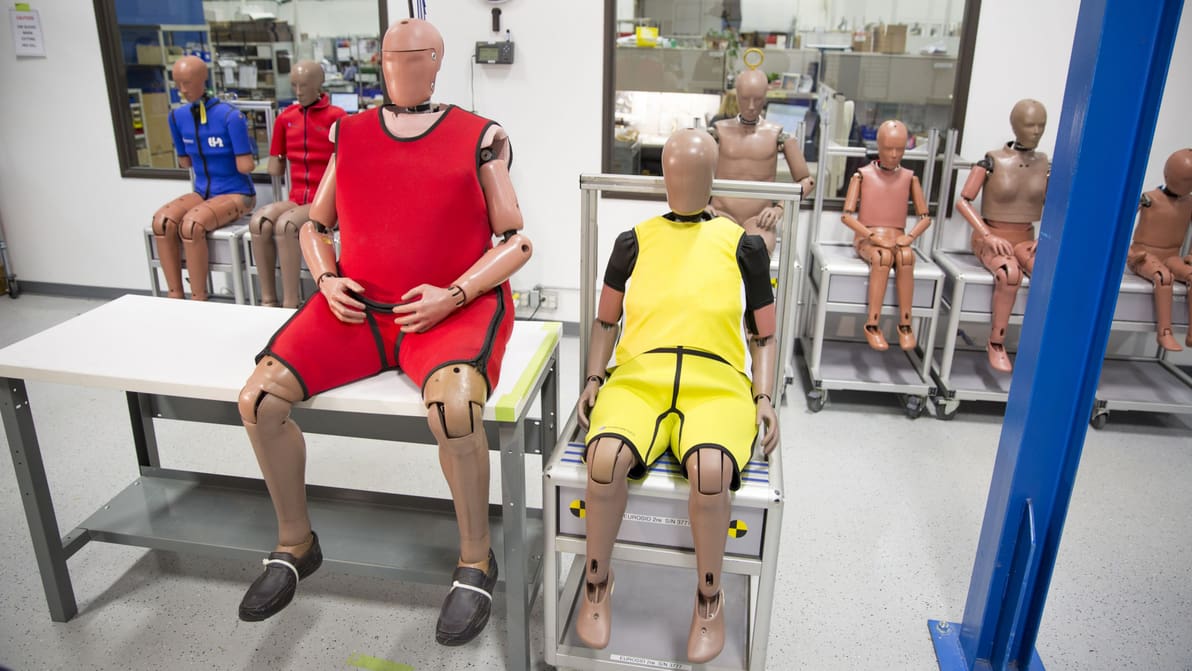
The crash test dummy manufacturer Humanetics is using Markforged's 3D printing technology and Onyx carbon-composite material to produce dummies the resemble elderly drivers, helping them accurately reflect injuries that could occur in a real car accident.
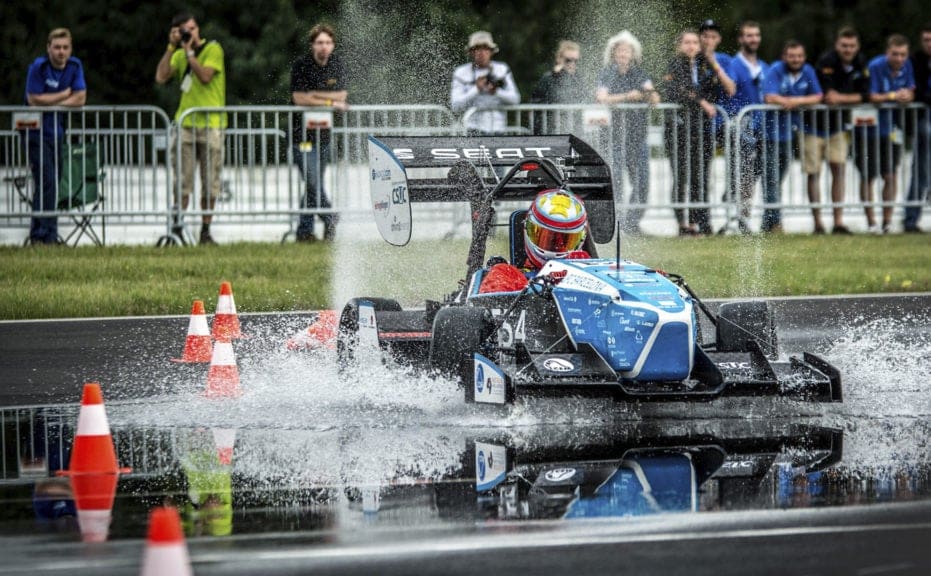
ETSEIB Motorsport, the automotive team from the School of Industrial Engineering of Barcelona, is now using 3D printing to develop racing cars for the Formula Student competition.
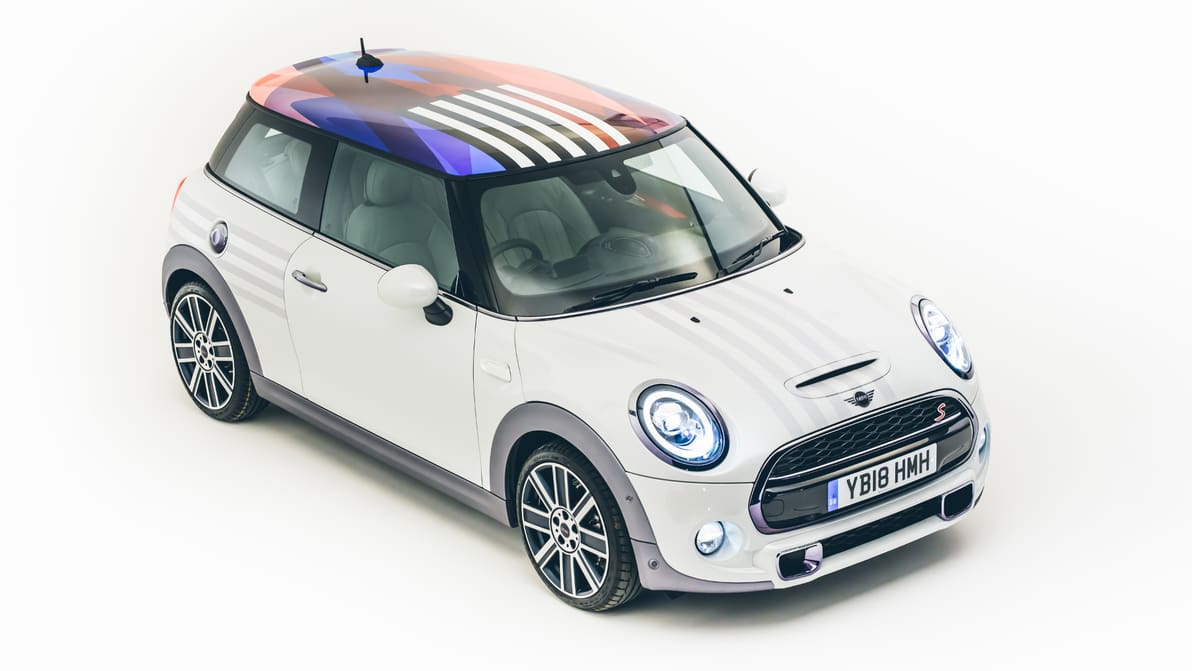
BMW has created a special-edition Mini to celebrate the royal wedding of Prince Harry and Megan Markle. Boasting a hand-made graphic print and 3D printed details, the car will be auctioned off for charity.
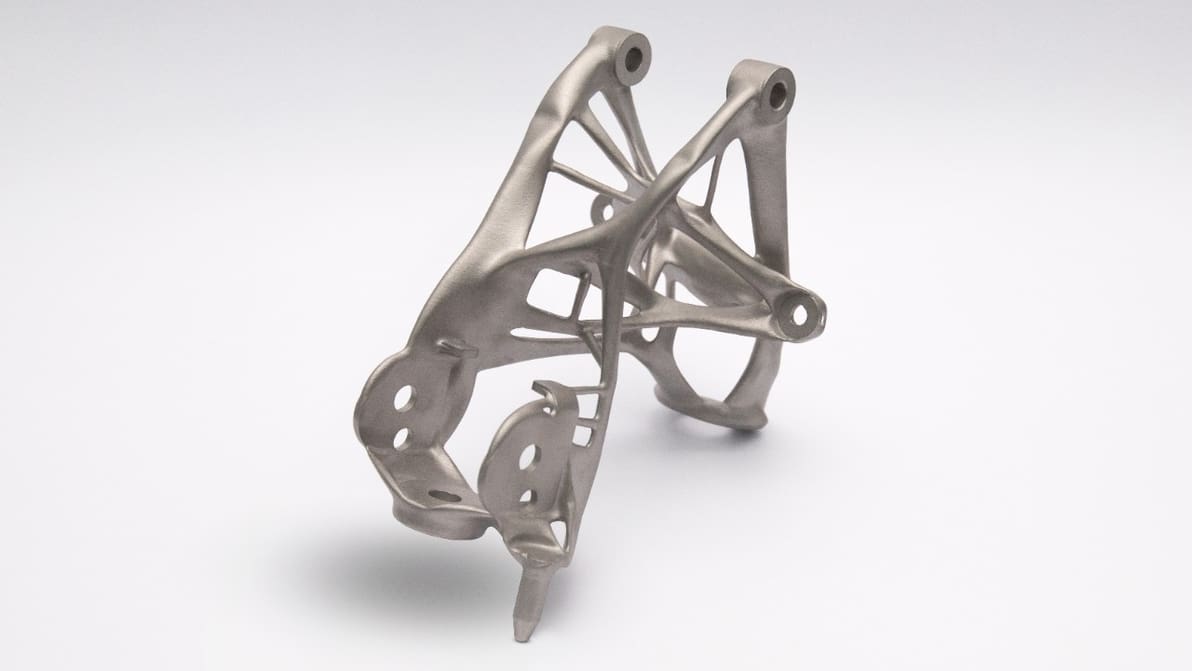
GM is using Autodesk's generative design technology and additive manufacturing to fabricate lighter automotive parts; this seat bracket is 40% lighter and 20% stronger than its predecessor.
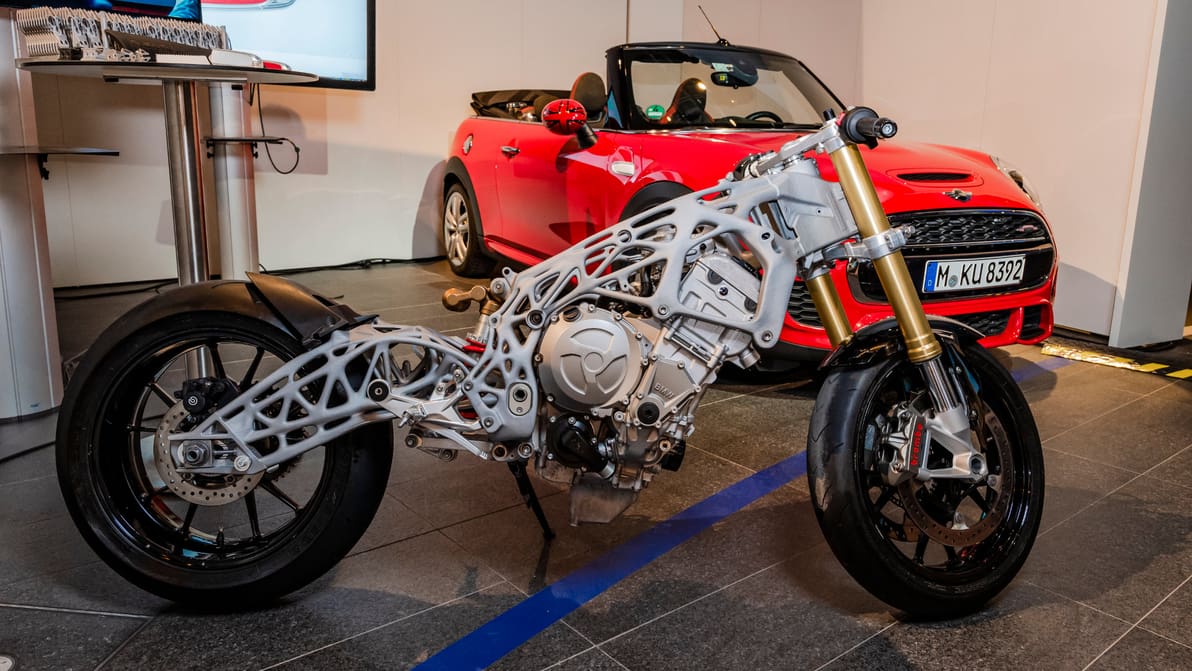
Carmaker BMW showed a 3D printed motorcycle frame at their Digital Day 2018 in Munich, an S1000RR superbike with a frame and swing arm fabricated using metal powder laser melting.